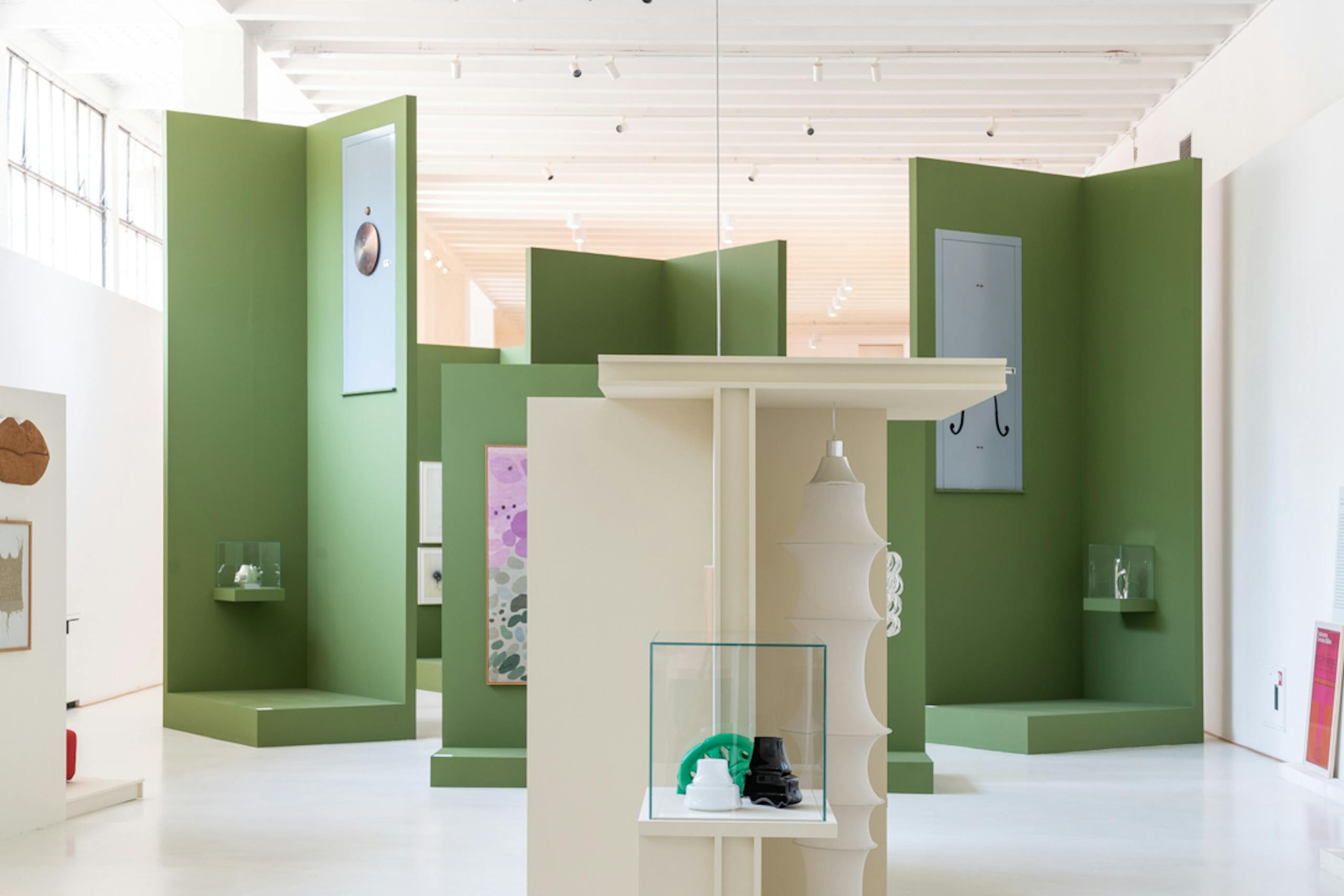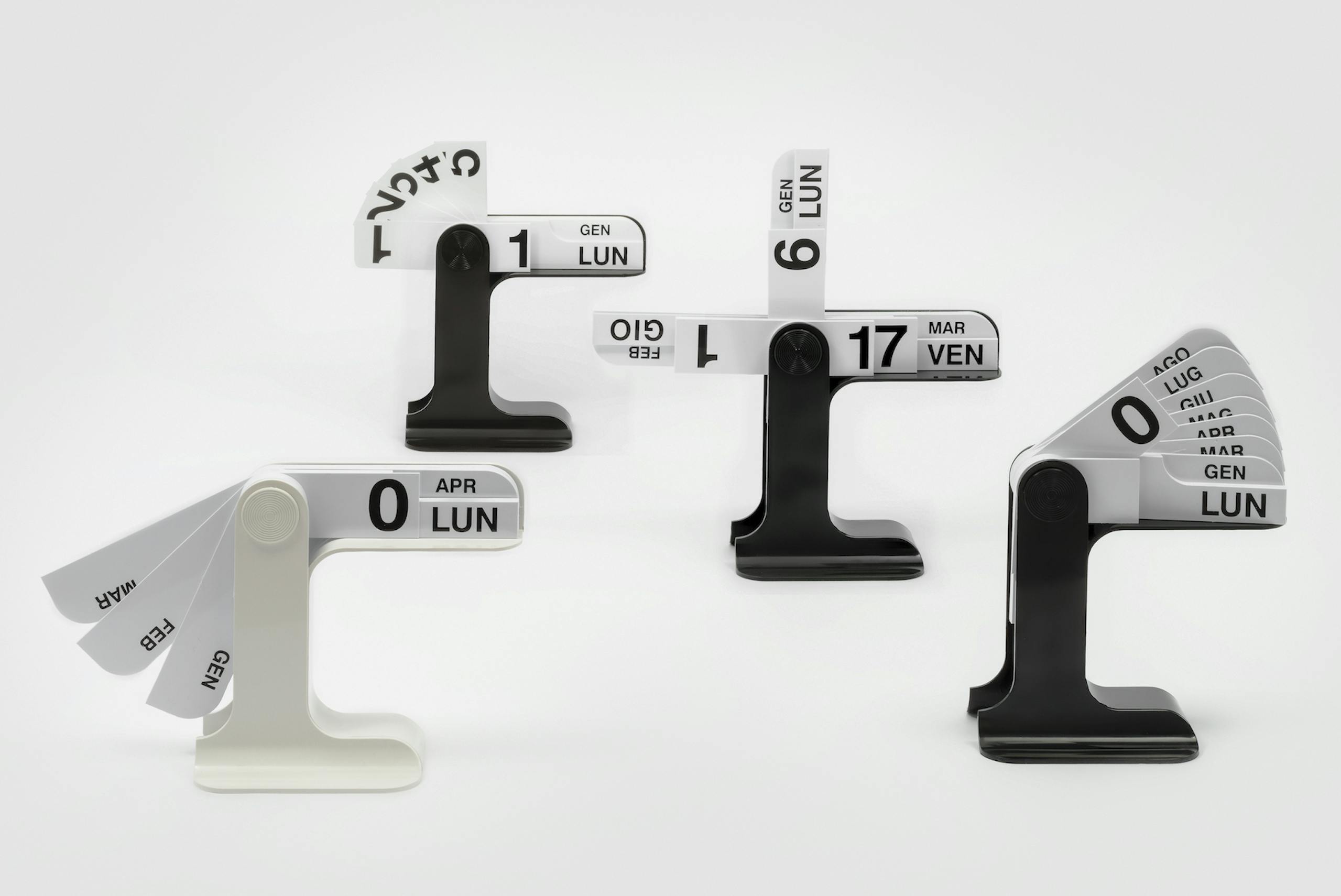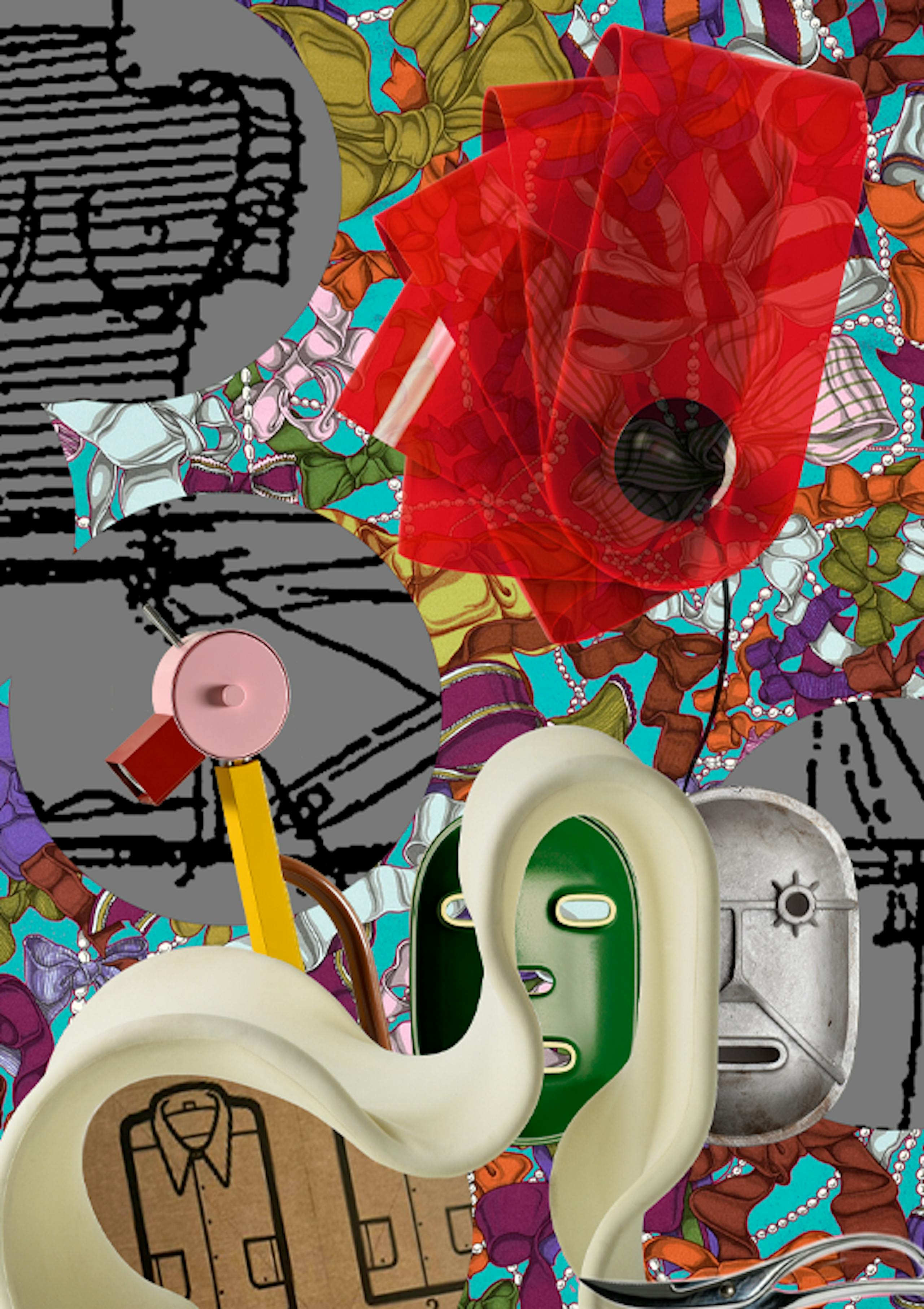
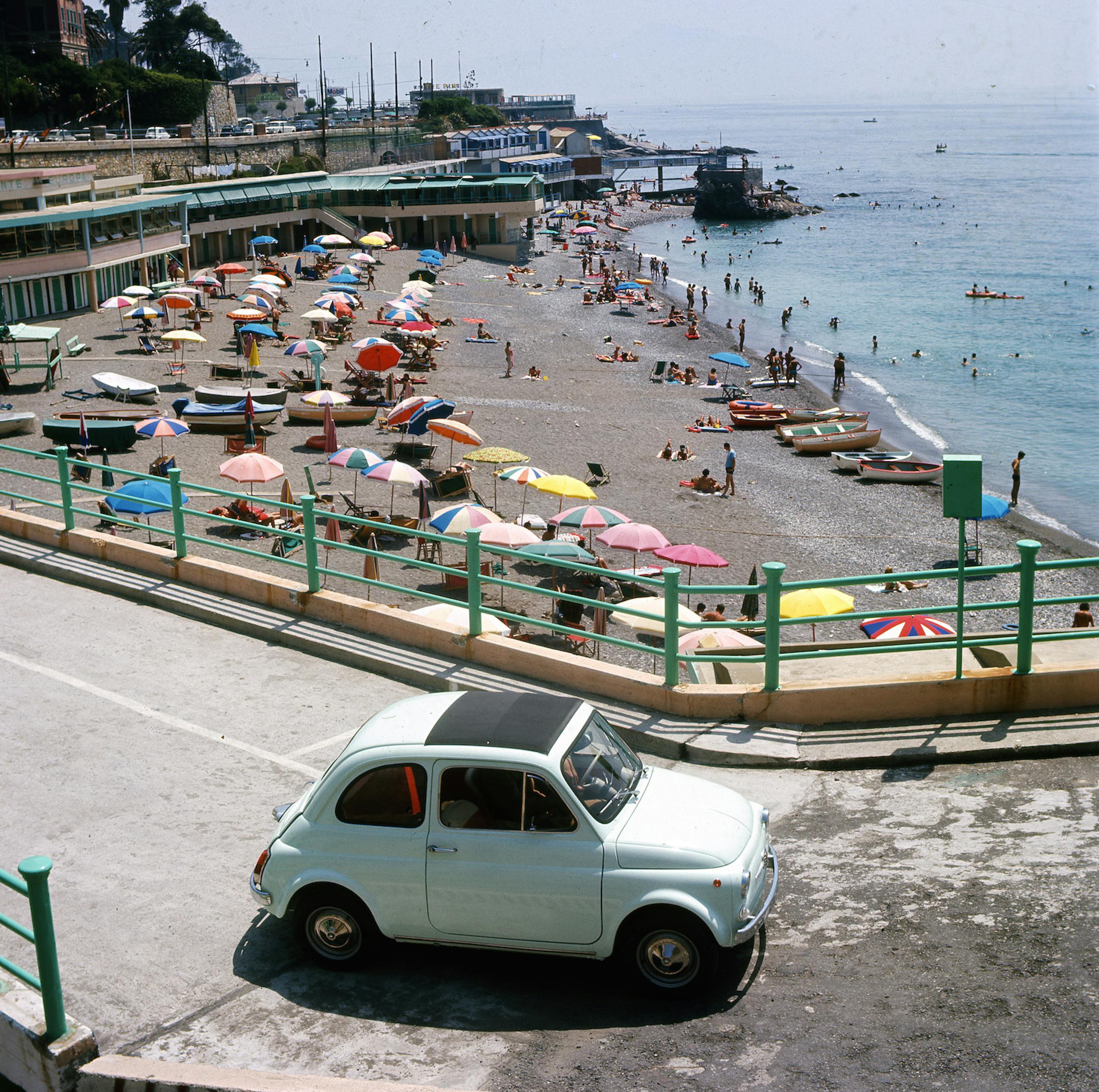
1968, Fiat 500 F, Genova, courtesy Centro Storico Fiat
The more than three hundred pieces on exhibit as part of the new layout of the Museo del Design Italiano include the car that “put Italy on wheels” in the years of the country’s economic boom, becoming a symbol of style celebrated throughout the world.
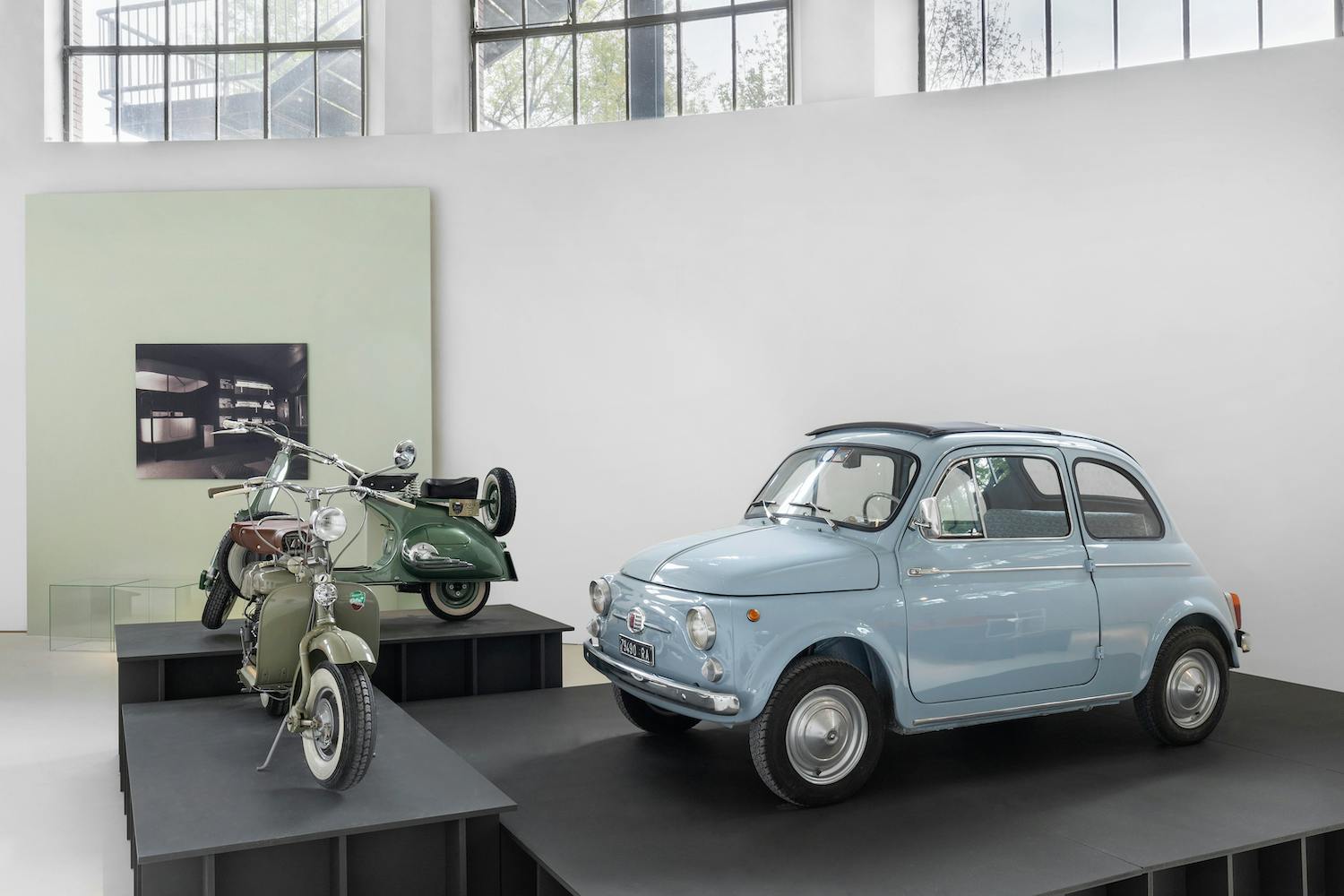
Museo del Design Italiano, installation view, photo by Agnese Bedini, DSL studio, © Triennale Milano
Between the end of the 50’s and the early 60’s, one image summed up early August in Italy: long, orderly columns of compact cars loaded down with luggage, making their way along coastal roadways to beaches where their occupants would vie with each other for patches of sand and slices of sunshine. As the country’s post-war reconstruction led to newfound affluence, Italians discovered both the summer vacation and mass motorization, with everyone – or almost – able to make their own way to sites of leisure and summer fun as soon as the factories and offices closed for the standard month’s vacation in August. The car that symbolised this period was the Fiat Nuova 500, or ‘New Fiat 500’, a name chosen by the Turin automotive manufacturer to set it apart from the “Topolino”, Italy’s very first economy car. Nowadays the 500 is an icon of design found in the collections of some of the world’s leading museums (including the Museum of Italian Design of Triennale Milano, where, starting in April, it can be admired as part of the new exhibition layout created to celebrate the institution’s centenary).

Museo del Design Italiano, installation view, photo by Agnese Bedini, DSL studio, © Triennale Milano
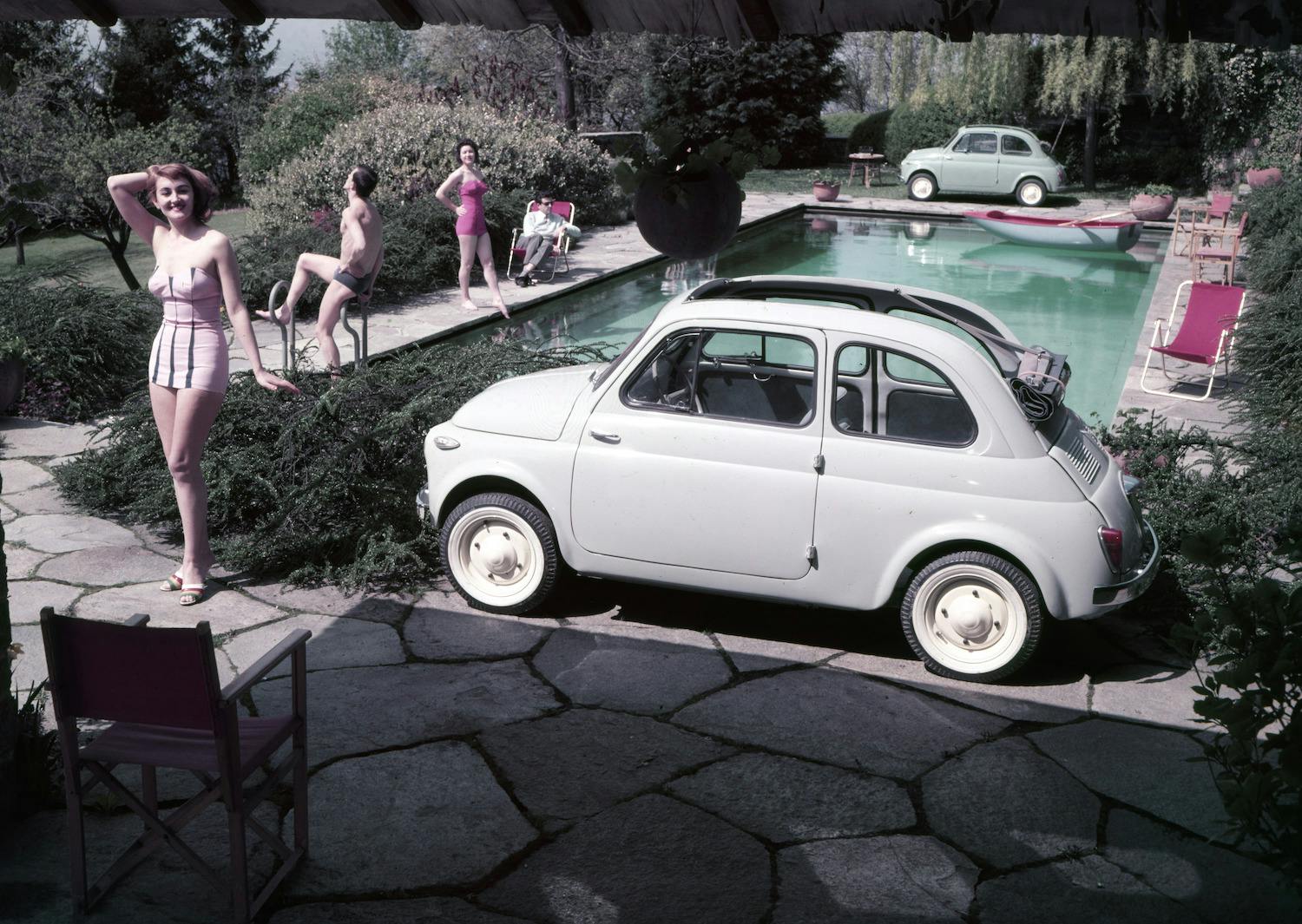
1957, Fiat Nuova 500, courtesy Centro Storico Fiat
The 500’s rounded forms, among the most easily recognisable in the endless stream of vehicles encountered along the Via Aurelia by actors Vittorio Gassmann and Jean-Louis Trintignant during their mid-august journey in the film Il Sorpasso, directed by Dino Risi, first appeared on the market on 4 July 1957, in a general climate of optimism and high hopes for the future. The nightly cluster of TV commercials known as “Carosello” had gone on the air for the first time just months earlier, on February 3rd, and immediately become a hit, while October witnessed the Soviet Union’s launch of the Sputnik, history’s first artificial satellite. The New 500 was compact, less than three metres long and one metre and 32 centimetres wide. The price to the public was 490 thousand Italian lire, or roughly 790 dollars in those days, an amount soon lowered to 465 thousand lire, though this still represented approximately ten months’ pay for a factory worker and six months for a government employee. The design was created by Dante Giacosa, an engineer by training, but subsequently hailed as one of the masters of Italian automotive styling. The assignment he received from Fiat’s managing director was to come up with a car both economical and reliable, suited to the new lifestyle of the Italian people and their yearning for individual freedom. The very first version was outfitted with two front seats and a small bench in the back, though that was soon replaced by a cushioned back seat, while the car could carry 150 pounds of luggage.
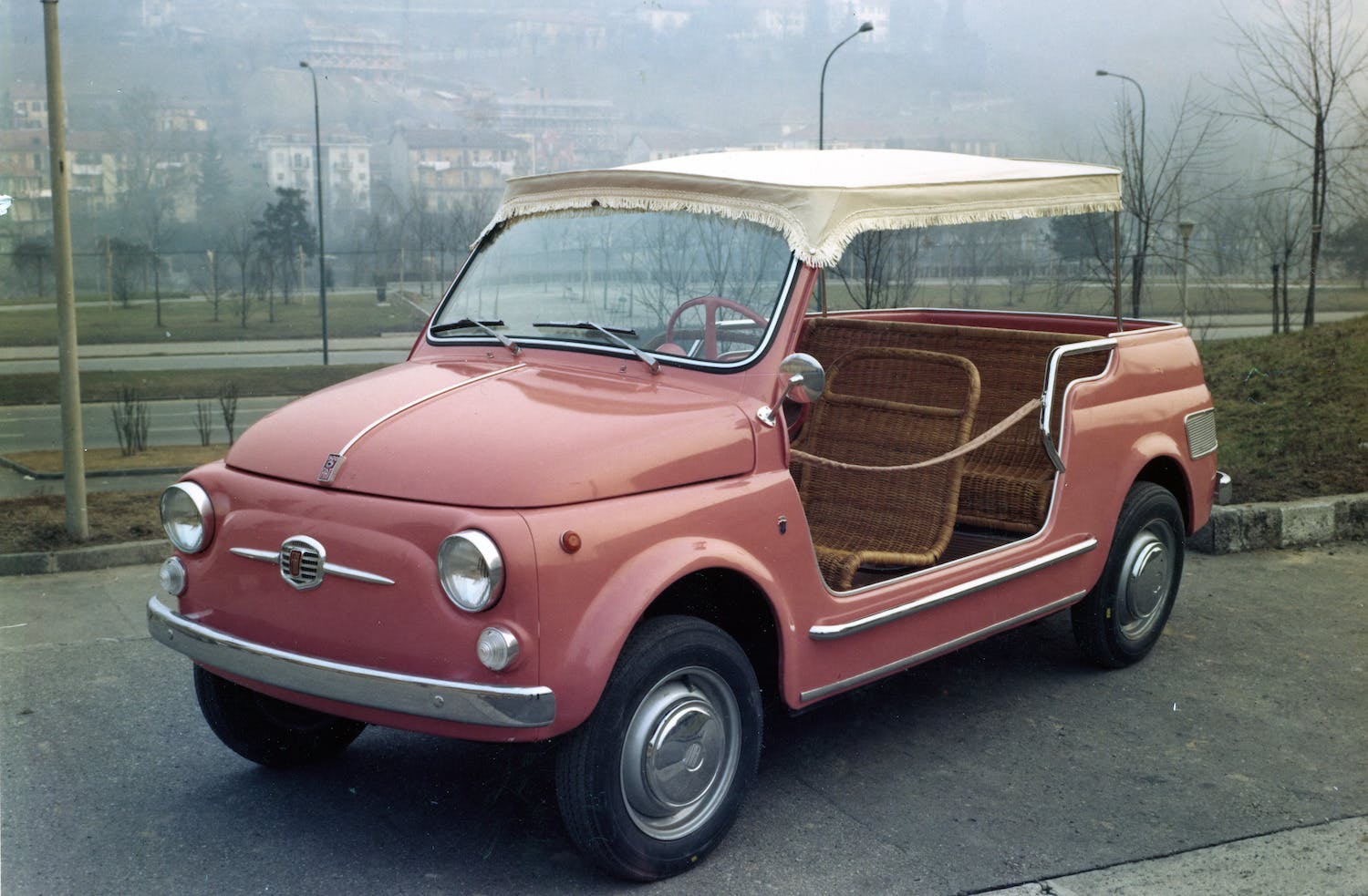
1960, Fiat 500 Jolly Ghia Giardiniera, courtesy Centro Storico Fiat
In 1959, two years after its introduction, the “La Cinquecento” (“Five Hundred”), as it was commonly known, received the first recognition for its revolutionary look, winning the Gold Compass of the Association of Industrial Design. The jury, which included Vico Magistretti, praised the essential aesthetics of “this courageous departure from the traditional stylisation of the automobile, through an attentive revision of the sum total of its key features”, emphasising how this approach: “in addition to leading the designer to minimise superficial decorative touches”, marked “major progress on the road to a new, more genuine mode of technical design”. Over the years, the original model was restyled: from the 500 Sport of 1958 to the 500 F of 1965, followed by the “luxury” 500 L of 1968 and the 500 R of 1972, plus numerous convertible, or “beach”, variations custom-made by leading Italian body-shops for their more well-funded clients, using materials such as canvas and rattan in the interiors.
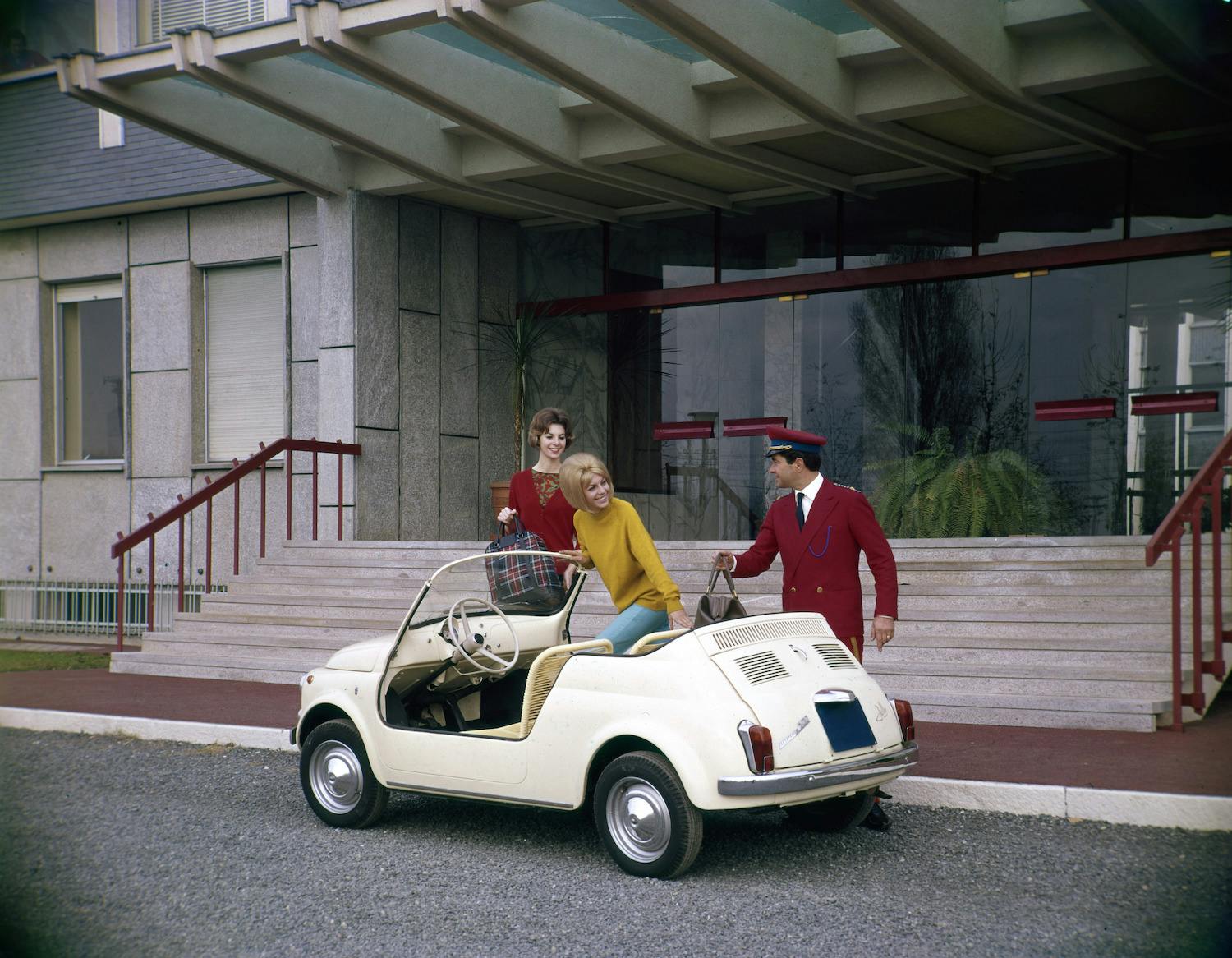
1963, Fiat 500 Jolly, courtesy Centro Storico Fiat
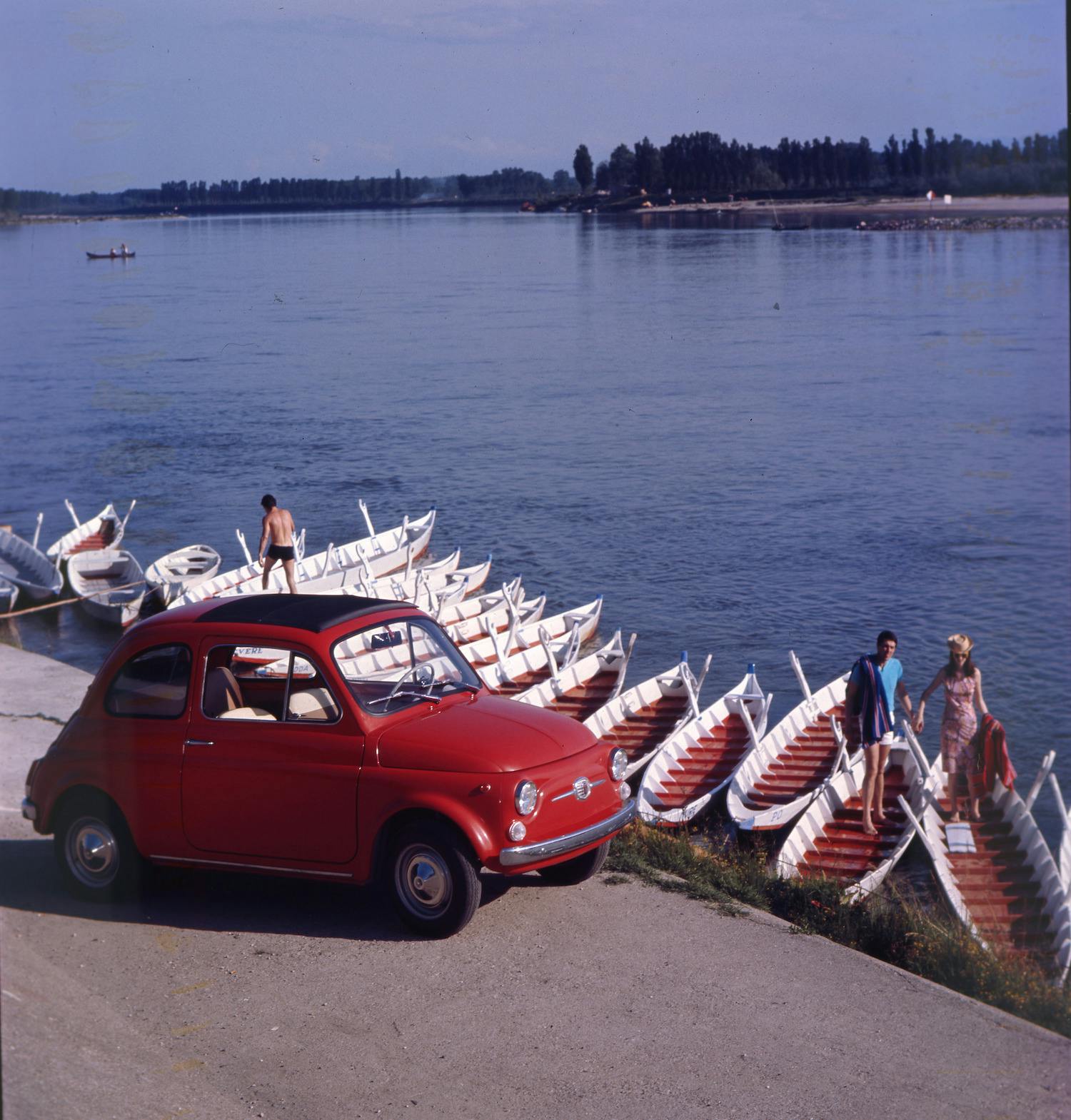
1967, Fiat 500 F car in front of a pier, courtesy Centro Storico Fiat
A symbol of ‘Made in Italy’ style, the Five Hundred has been celebrated in popular culture for over six decades, and not only in Italy, with its unmistakable curved, “shell-shaped” hood and rounded headlights appearing both in art films (from Rocco and His Brothers by Luchino Visconti to Truffaut’s Day for Night) and popular comedies (in Fantozzi contro tutti, or Fantozzi against the World, the sorely put-upon accountant Ugo Fantozzi runs into a white 500 while surreptitiously following his wife Pina, whom he suspects of having a lover). Even the world’s most elusive thief, Arsenio Lupin III, created by Japanese graphic artist Monkey Punch, can often be found at the wheel of an eye-catching yellow Fiat Five Hundred.
Related events

